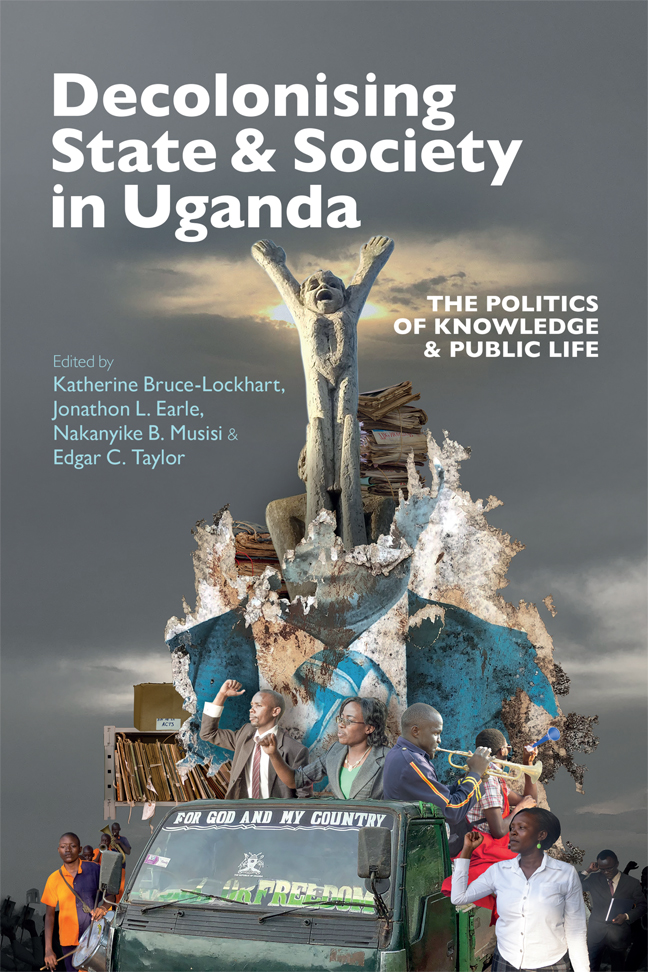51456 results in American studies
Preface
-
- Book:
- Who Is a True Christian?
- Published online:
- 04 January 2024
- Print publication:
- 22 February 2024, pp xi-xviii
-
- Chapter
- Export citation
Introduction
-
- Book:
- Who Is a True Christian?
- Published online:
- 04 January 2024
- Print publication:
- 22 February 2024, pp 1-42
-
- Chapter
- Export citation

The African Charter on Human and Peoples' Rights
-
- Published by:
- Boydell & Brewer
- Published online:
- 21 February 2024
- Print publication:
- 17 October 2023
Constructions of Racial Savagery in Early Twentieth-Century US Narratives of White Civilization
-
- Journal:
- Journal of American Studies / Volume 58 / Issue 2 / May 2024
- Published online by Cambridge University Press:
- 19 February 2024, pp. 193-219
- Print publication:
- May 2024
-
- Article
-
- You have access
- Open access
- HTML
- Export citation

Writing about the Merovingians in the Early United States
-
- Published by:
- Amsterdam University Press
- Published online:
- 17 February 2024
- Print publication:
- 31 August 2023

Decolonising State and Society in Uganda
- The Politics of Knowledge and Public Life
-
- Published by:
- Boydell & Brewer
- Published online:
- 15 February 2024
- Print publication:
- 13 December 2022
Figures
-
- Book:
- A Concise History of the Aztecs
- Published online:
- 08 February 2024
- Print publication:
- 15 February 2024, pp viii-ix
-
- Chapter
- Export citation
Preface
-
- Book:
- A Concise History of the Aztecs
- Published online:
- 08 February 2024
- Print publication:
- 15 February 2024, pp xiii-xxiv
-
- Chapter
- Export citation
Key Periods and Dates
-
- Book:
- A Concise History of the Aztecs
- Published online:
- 08 February 2024
- Print publication:
- 15 February 2024, pp xxv-xxvi
-
- Chapter
- Export citation
Glossary
-
- Book:
- A Concise History of the Aztecs
- Published online:
- 08 February 2024
- Print publication:
- 15 February 2024, pp 285-293
-
- Chapter
- Export citation
2 - Living in the Aztecs’ Cosmos
-
- Book:
- A Concise History of the Aztecs
- Published online:
- 08 February 2024
- Print publication:
- 15 February 2024, pp 38-80
-
- Chapter
- Export citation
Dedication
-
- Book:
- A Concise History of the Aztecs
- Published online:
- 08 February 2024
- Print publication:
- 15 February 2024, pp v-vi
-
- Chapter
- Export citation
Tables
-
- Book:
- A Concise History of the Aztecs
- Published online:
- 08 February 2024
- Print publication:
- 15 February 2024, pp xi-xii
-
- Chapter
- Export citation
1 - Introduction
-
- Book:
- A Concise History of the Aztecs
- Published online:
- 08 February 2024
- Print publication:
- 15 February 2024, pp 1-37
-
- Chapter
- Export citation
Bibliographic Essay
-
- Book:
- A Concise History of the Aztecs
- Published online:
- 08 February 2024
- Print publication:
- 15 February 2024, pp 294-351
-
- Chapter
- Export citation
Contents
-
- Book:
- A Concise History of the Aztecs
- Published online:
- 08 February 2024
- Print publication:
- 15 February 2024, pp vii-vii
-
- Chapter
- Export citation
Copyright page
-
- Book:
- A Concise History of the Aztecs
- Published online:
- 08 February 2024
- Print publication:
- 15 February 2024, pp iv-iv
-
- Chapter
- Export citation
3 - Communities, Kingdoms, “Empires”
-
- Book:
- A Concise History of the Aztecs
- Published online:
- 08 February 2024
- Print publication:
- 15 February 2024, pp 81-120
-
- Chapter
- Export citation
Maps
-
- Book:
- A Concise History of the Aztecs
- Published online:
- 08 February 2024
- Print publication:
- 15 February 2024, pp x-x
-
- Chapter
- Export citation
6 - Resilience
-
- Book:
- A Concise History of the Aztecs
- Published online:
- 08 February 2024
- Print publication:
- 15 February 2024, pp 202-245
-
- Chapter
- Export citation

